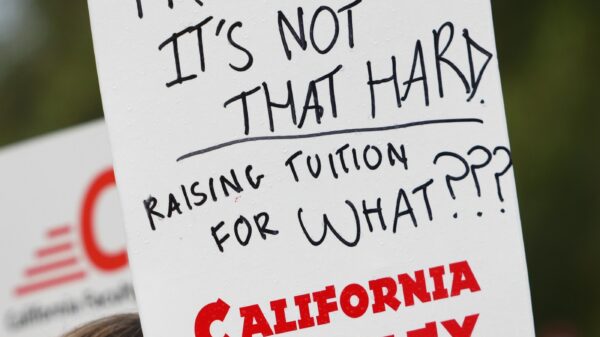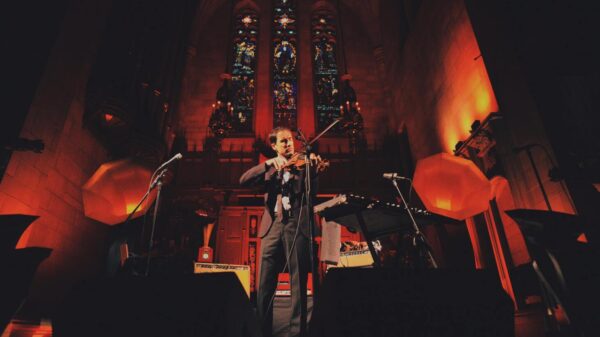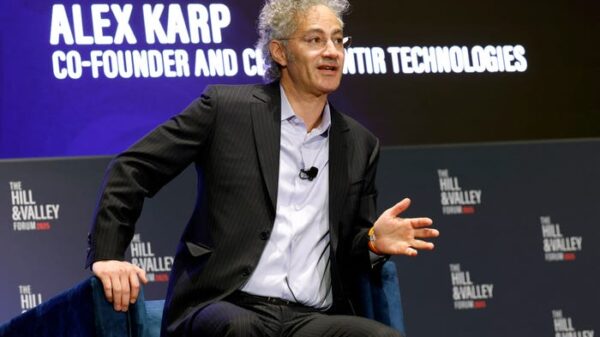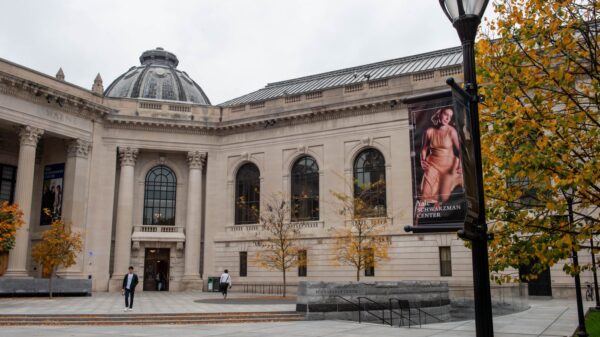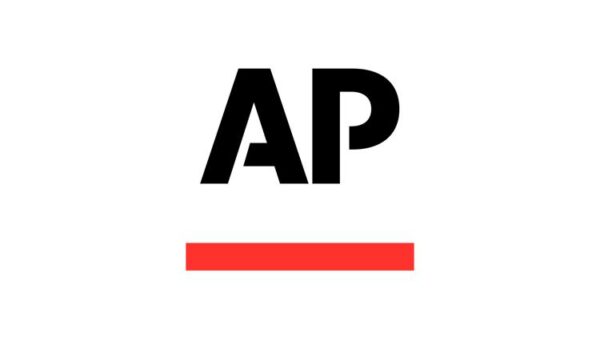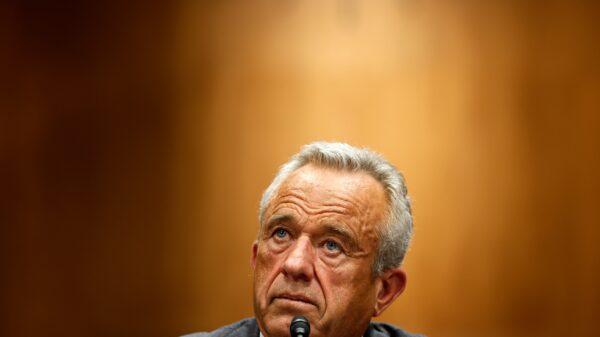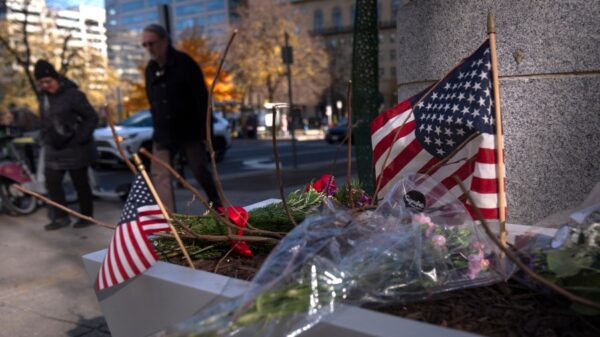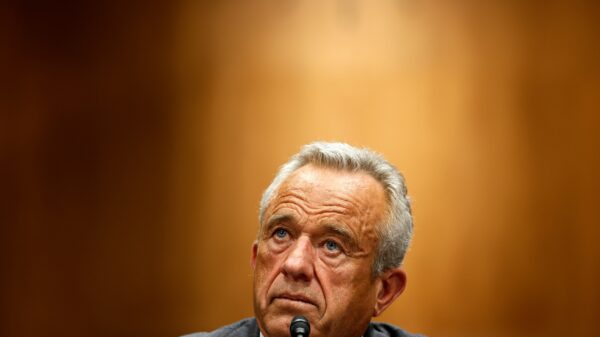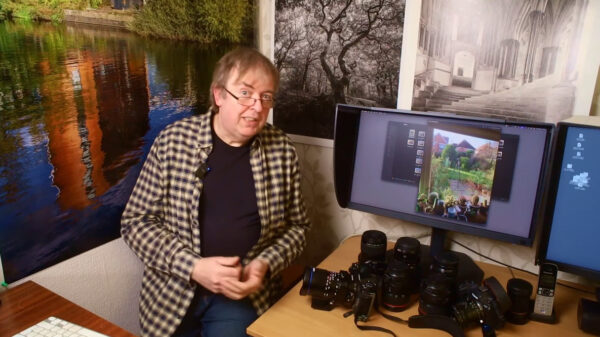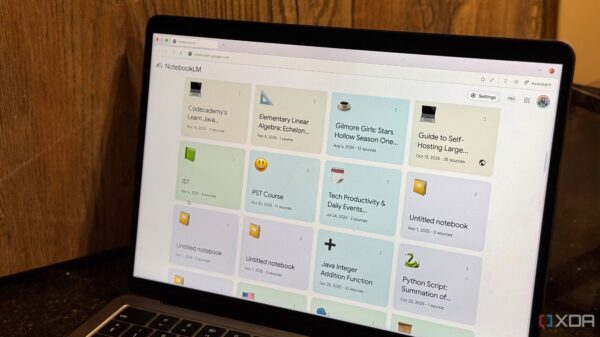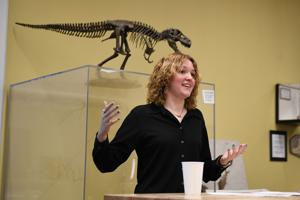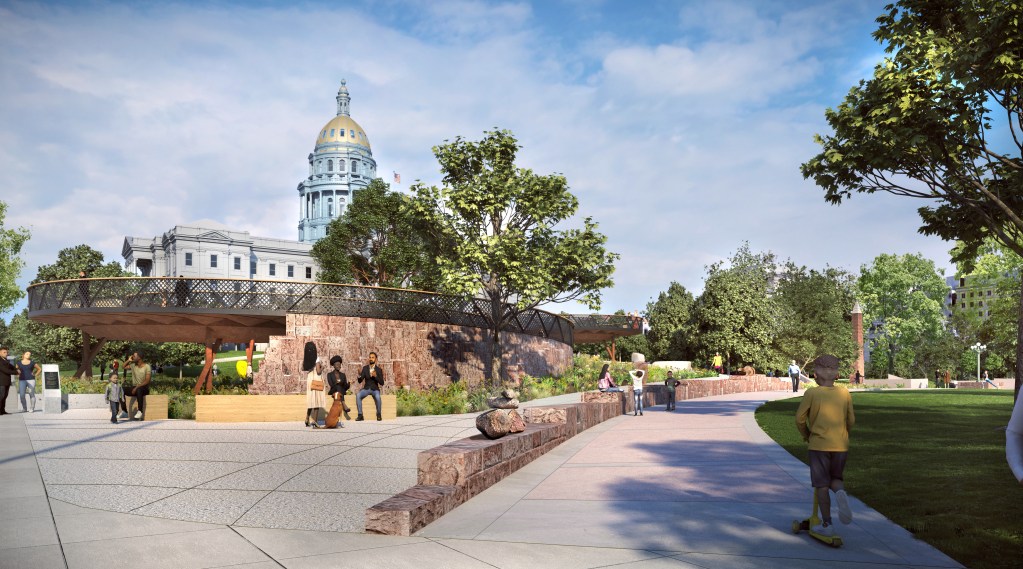Governor Jared Polis’s proposal for a pedestrian bridge in Colorado has drawn mixed reactions as it aims to commemorate the state’s 150th birthday. Although the project could serve as a functional and attractive architectural feature in a struggling area, critics argue it prioritizes aesthetics over essential infrastructure needs.
The bridge, estimated to cost $28.5 million, aims to enhance the appeal of a region that relies heavily on tourism. Nonetheless, it has been met with skepticism due to its potential to divert funds from other urgent capital improvement projects. Concerns have been raised about the project’s financial implications, particularly in light of the state’s ongoing economic challenges.
Tammy Story, a Democratic representative and chair of the Capital Development Committee, expressed her apprehension regarding the funding request of approximately $10 million. In a letter to The Denver Post, she labeled the project as “financially irresponsible and completely tone-deaf,” emphasizing the pressing need for budgetary prudence, especially as the state faces economic slowdown.
While the bridge’s vision is commendable, a more balanced approach to funding is advisable. The current proposal suggests that the state would cover 60% of the project’s costs, which many view as excessive. A shift towards a greater reliance on private donations could lead to a more sustainable financial model, allowing the state to leverage funds effectively.
Supporters of the bridge argue that it could significantly enhance pedestrian safety and cultural offerings at a bustling intersection, specifically at Colfax and Lincoln. The intersection is a focal point for festivals and community gatherings, attracting numerous visitors throughout the year.
Meanwhile, historical preservationists have voiced concerns about the bridge’s design. John Deffenbaugh, president and CEO of Historic Denver, has urged that the bridge adhere to the design principles of the Denver Civic Center Historic District. He noted that while embracing progress is essential, it should not come at the expense of the district’s architectural integrity.
Deffenbaugh criticized the design process thus far, highlighting a lack of alignment with established design guidelines that have been in place since 2009. He expressed hope that the architectural firm responsible for the current designs will revise their plans to better integrate with the neoclassical elements that characterize the district.
The bridge project has already seen $1.5 million spent on its initial planning and design phases. Critics question whether these funds were allocated appropriately and if the current design can be amended to fit the historic context. A vision of a marble bridge, inspired by Colorado’s natural landscapes, has been suggested as a more harmonious option.
As the state approaches its 150th anniversary in March 2025, the urgency to finalize plans for the pedestrian bridge increases. Governor Polis will need to rally both private donors and innovative architects to ensure that the project not only meets aesthetic standards but also aligns with the community’s needs and values.
In summary, while the Colorado 150 Pedestrian Walkway holds potential for enhancing the state’s cultural landscape, it faces critical funding and design hurdles. Achieving a balanced approach that incorporates public input and respects the historical significance of the area will be essential for the project’s success.



